Jhoutai is a stormy, temperate Cradle World, notable for its diversity of life and the abundant presence of coral structures so large they comprise a majority of the landmass.
Massive mountain ranges, harsh weather patterns, and ecosystems that are as vertical as they are broad in breadth leave little to wonder as the origin of the determination of the Sazashi spirit.
From The Accounts of The Adventines:
Can you believe it? We are the first group of scientists ever to get to explore Jhoutai. Not just to set foot on it, but to explore it, to meet the other Kinds of Sazashi and witness the geography and biomes we've been hearing all about!
We’re allowed to take samples for scientific study, and there’s a parallel team of Jhoutaioan Adventines on Earth who are doing the same.
Peace between us and an alien species on the first try? Who would've thought?
Jhoutai is a world of wonders and wilds. It was once the perogative of Jhoutaioans—the demonym for the native Verin and Sazashi—to master their landscape and civilize it; now, they encourage its wild rampancy, spreading it to the stars as well.
To better understand Jhoutaioans one must understand Jhoutai. So let's begin, shall we?
Follow along using the below map. Under the map is a jump to each section, and under each section is a link back to the map. This is to make it convenient to swap back and forth as you read.
This article is supplemented by accounts of the Adventines, the first Humans to receive a diplomatic grant to survey Jhoutai.
To provide context, the current year of Ethnis is 3874 Gregorian Standard (GS).
Maps
-
Location → Jhoutai
All of the major aspects of the surface of Jhoutai, including sites, reef structures, and topology.
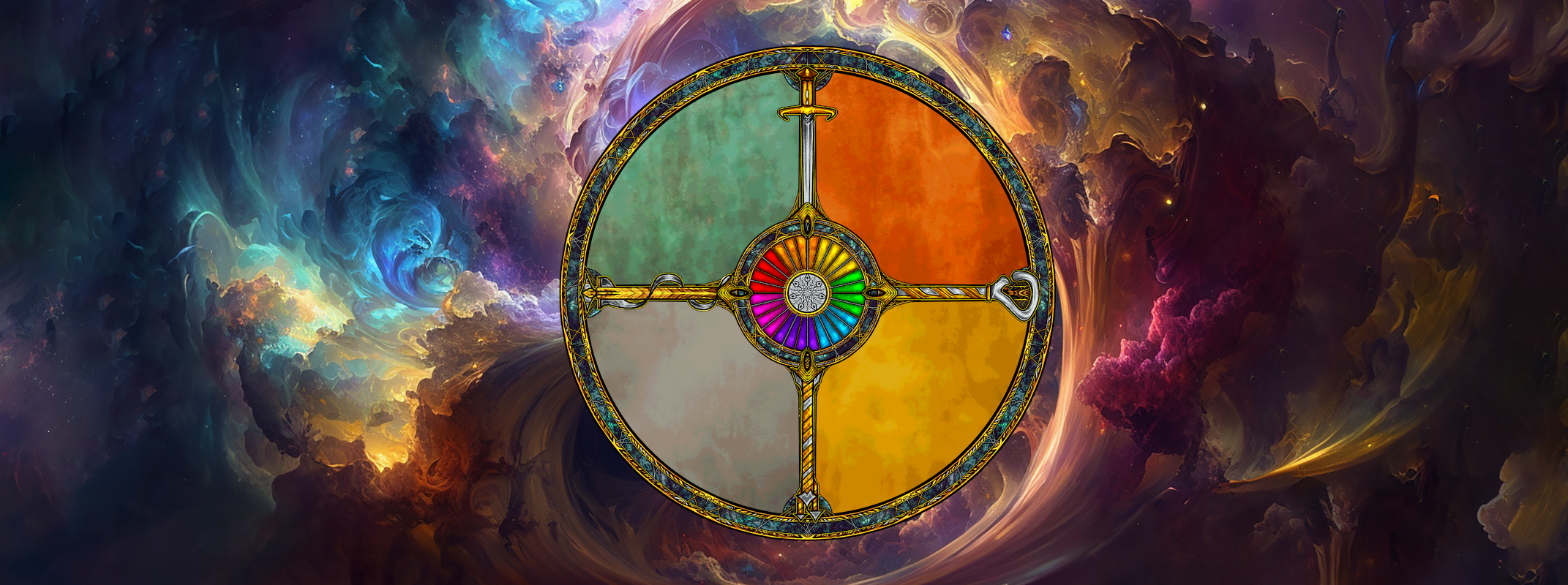

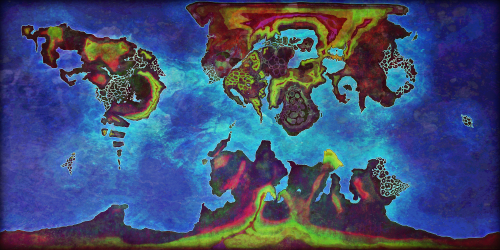

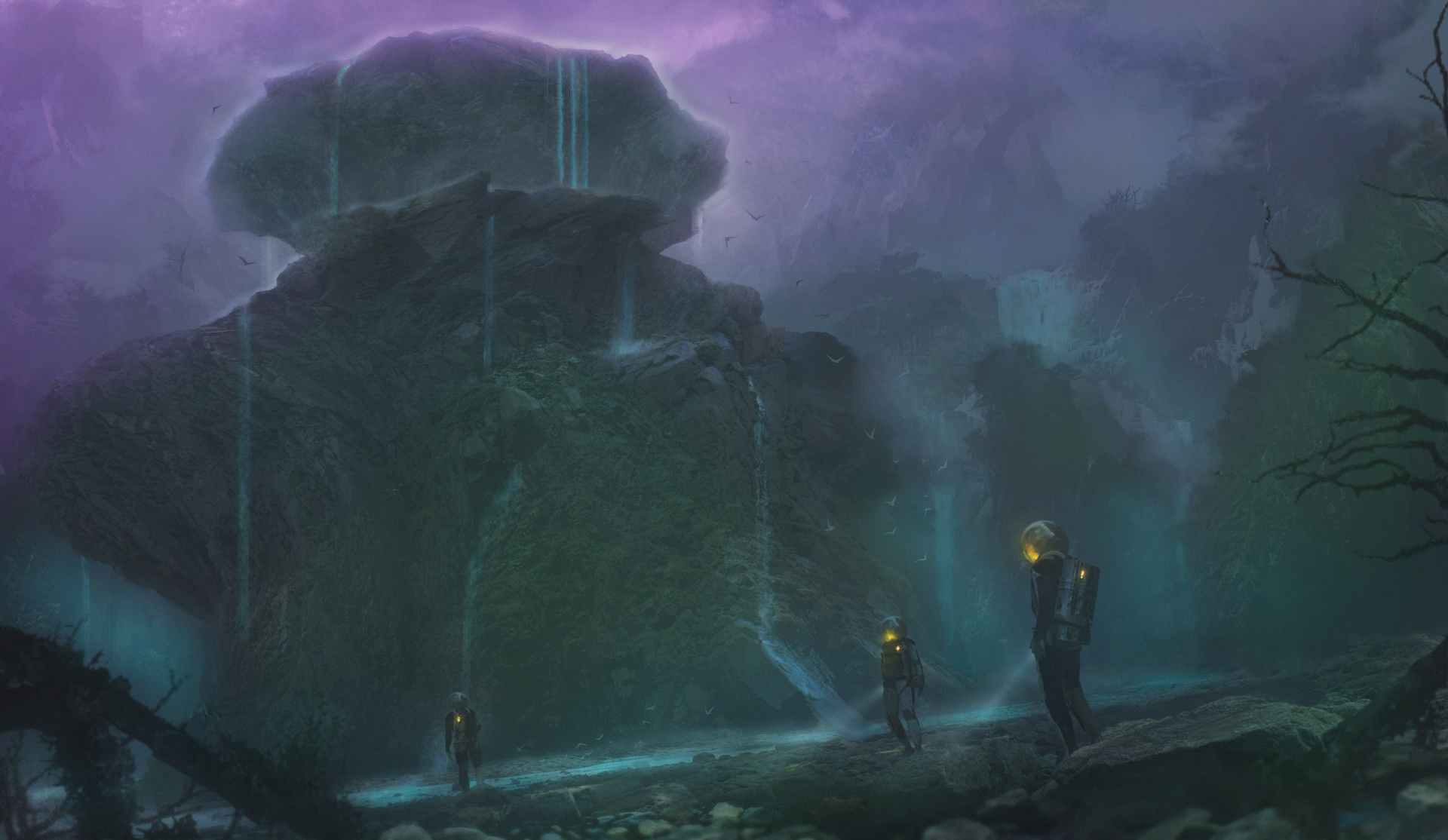




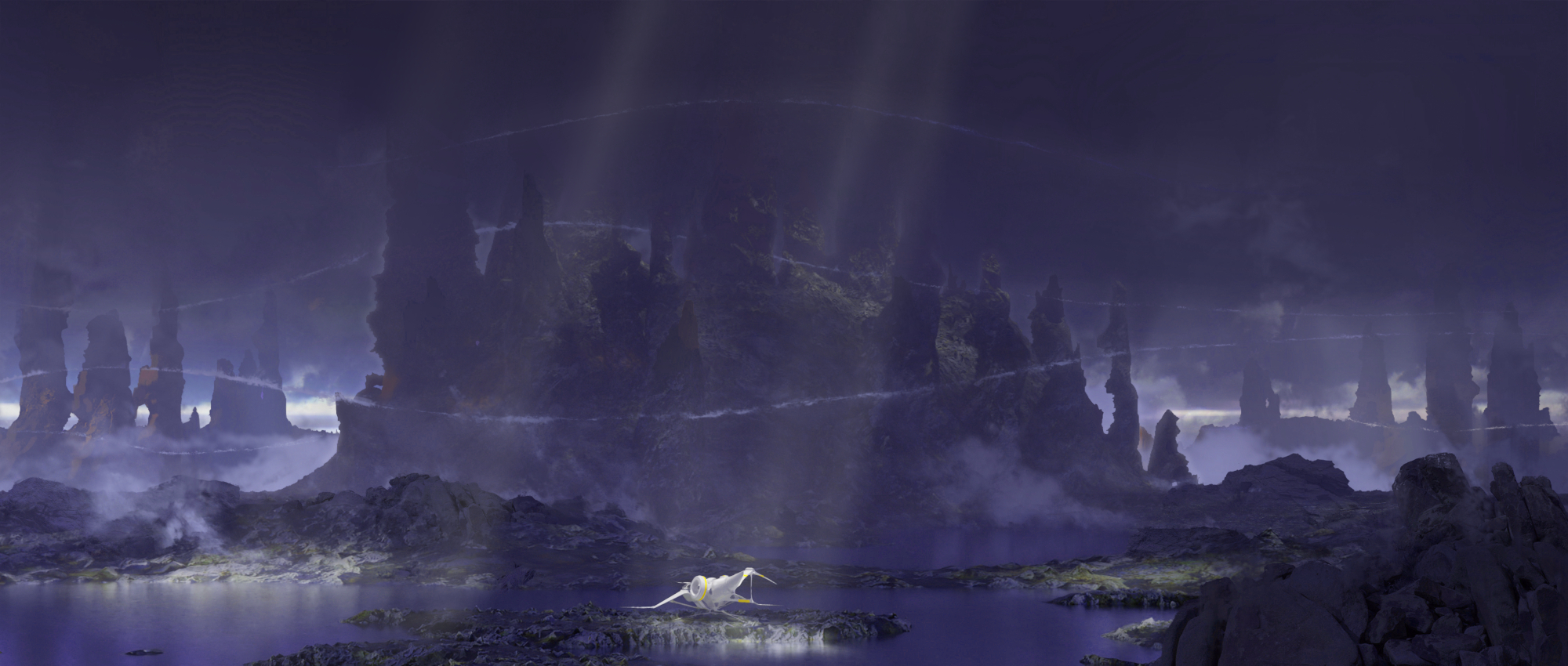
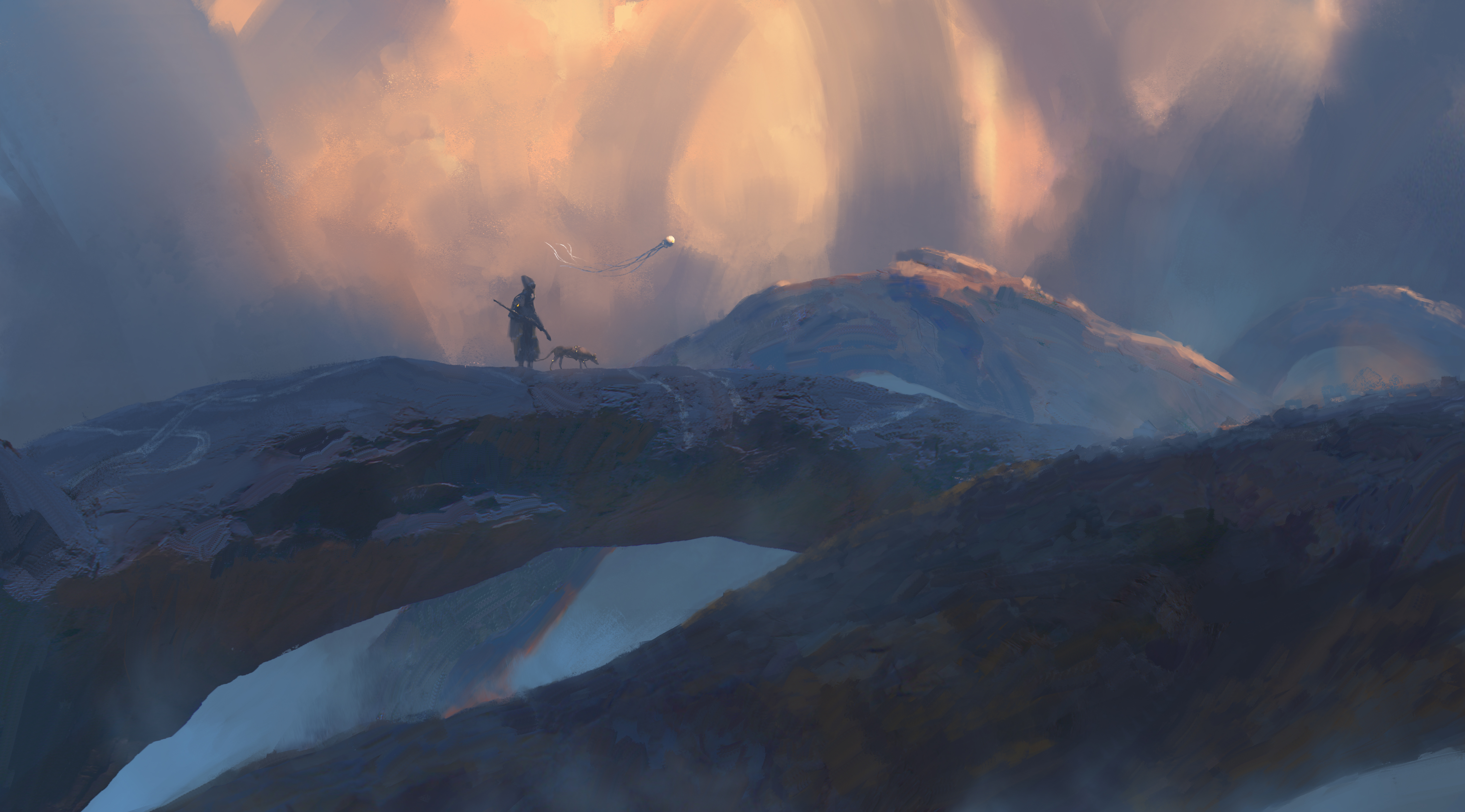





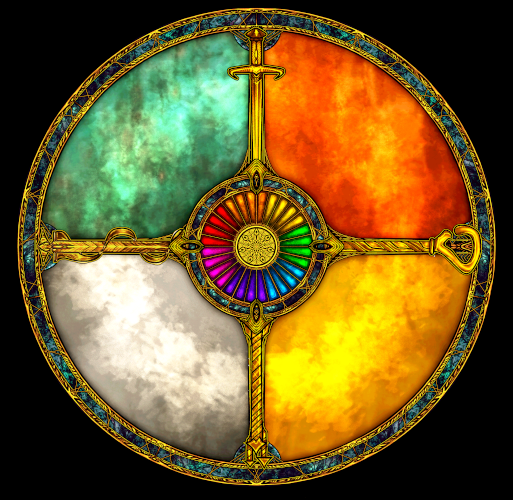
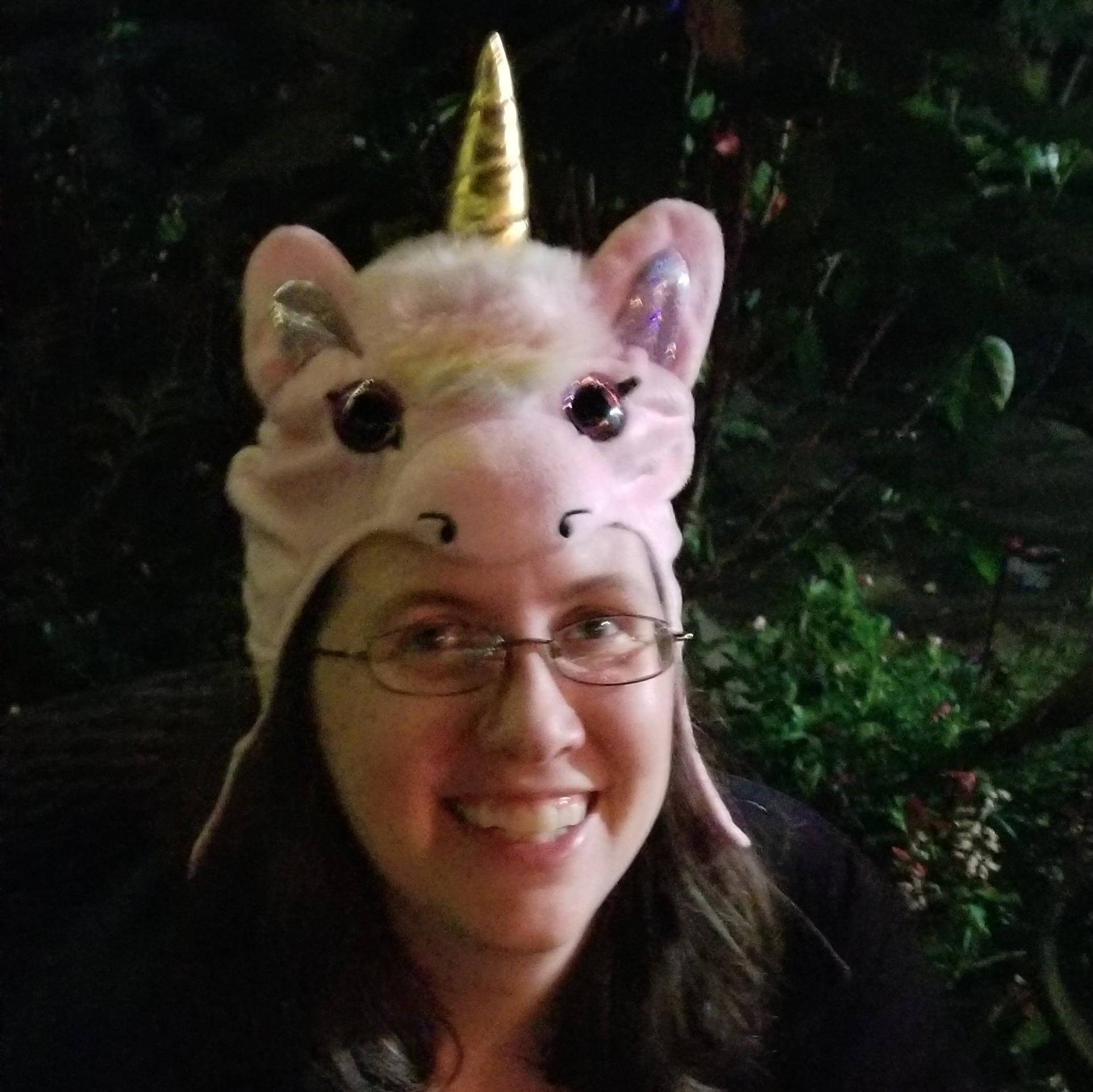
The layout and alternation of text to images helps bring your eye around the page, and they layouts are strong as always. However, the text was overwhelming and almost dizzying at some points by walking the line of academic and bursting with information; I wasn't sure what information was important and which was just dressing. The land and its inhabitants/flora/fauna were intriguing, but I would recommend having the section on 'gigaforms' sooner, since it's mentioned very often in the earlier section and leaves one a little confused as to what it means as there's no tooltips, or it was a link to another article and pulled away focus from what was currently being read. This may just be me, but the highlighting of the text with numbers was really disorienting and since I often use my cursor to guide me when I read, the flashing of highlight and the numbers kept pulling me out of the flow and the information. I feel like it may benefit from breaking it into smaller articles perhaps, but that's just my opinion. You've gone above and beyond for the challenge in regards to maps, and you've planned out so much of the setting (climate, topology....!!!) It's really impressive.
Thank you for the feedback! I moved the Gigaforms section up one so they're right after the Topography section now! I kept the hover effect but got rid of the alternating lines in it and toned down the numbers on hover, hopefully that helps make it a bit less distracting. Thanks again!
Check out my summercamp by going here and checking out any of my gold-star articles!
That worked really well, especially lowering the numbers. It's not as distracting/pulls me out of it now. Glad my feedback could be of some help.